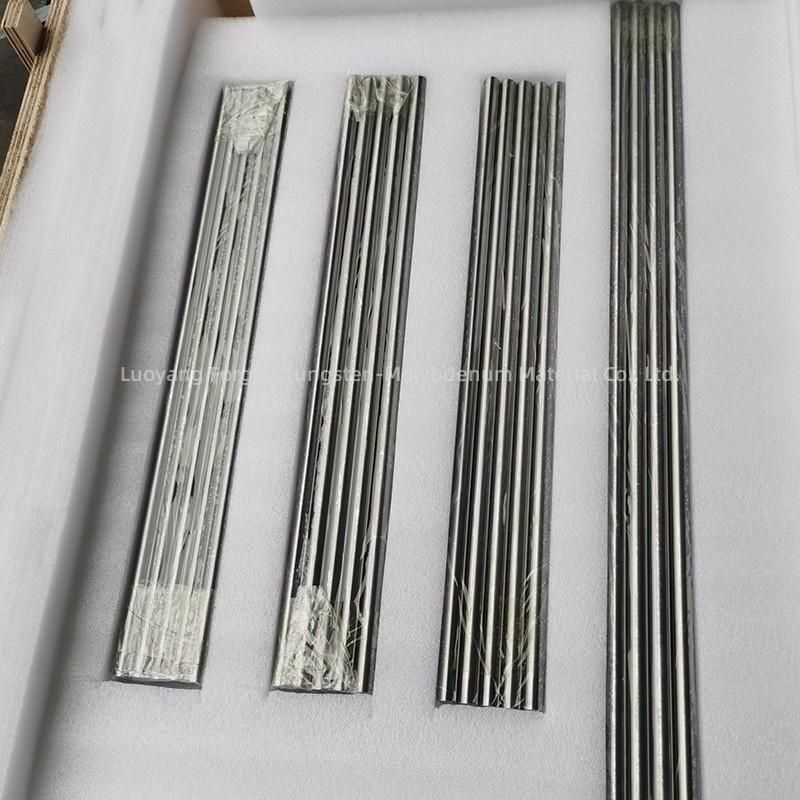Properties Of Nickel
| Atomic number | 28 |
| CAS number | 7440-02-0 |
| Atomic mass | 58.69 |
| Melting point | 1453℃ |
| Boiling point | 2732℃ |
| Atomic volume | 6.59g/cm³ |
| Density | 8.90g/cm³ |
| Crystal structure | face-centered cubic |
| Abundance in the Earth's crust | 8.4×101mg⋅kg−1 |
| Speed of sound | 4970(m/S) |
| Thermal expansion | 10.0×10^-6/℃ |
| Thermal conductivity | 71.4 w/m·K |
| Electrical resistivity | 20mΩ·m |
| Mohs hardness | 6.0 |
| Vickers hardness | 215 HV |
Nickel is a hard, ductile, and ferromagnetic metal that is highly polished and corrosion-resistant. Nickel belongs to the group of iron loving elements. The Earth's core is mainly composed of iron and nickel elements. Iron magnesium rocks in the crust contain more nickel than silicon aluminum rocks, for example, peridotite contains 1000 times more nickel than granite, and gabbro contains 80 times more nickel than granite.
chemical property
Chemical properties are more active, but more stable than iron. Difficult to oxidize in air at room temperature and not easily react with concentrated nitric acid. Fine nickel wire is flammable and reacts with halogens when heated, slowly dissolving in dilute acid. Can absorb a considerable amount of hydrogen gas.



